Home Depot had a sale on 2″ potted succulents over the weekend, and I just couldn’t resist. Normally I try to be more thoughtful and deliberate with my plant purchases, but this time I went a little overboard. But hey, at least I managed to avoid buying any of the crazy beautiful blue Phals they had on sale too, right?
I’ve made two great little planters of my purchases. I had planned on one, but it ultimately seemed more prudent to separate the Lithops into their own pot. I looked around for some funky shallow pots or pans to hold the plants, but ended up going for plain and reliable in the form of a pair of terracotta “bulb pots”. The 8″ pot holds:
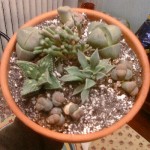 2 non-specific Lithops
2 non-specific Lithops- 2 Split Rock Pleiospilos nelii
- 1 Baby Toes Fenestraria aurantiaca
- 1 Tiger Jaws Faucaria tigrina
Of this planting, the Tiger Jaws seems the odd one out, but everything about its native habitat and root structure make me feel it belongs here.
The 10″ pot holds:
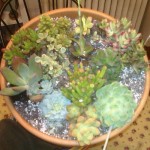 1 Sedum rubrotinctum
1 Sedum rubrotinctum- 1 Sedum rubrotinctum v. Aurora
- 1 Sedum nussbaumeranium
- 1 Cremnosedum v. Little Gem
- 1 Anacampseros lubbersii
- 1 Anacampseros rufescens
- 1 Anacampseros telephiastrum variegata
- 1 Echeveria v. Dondo
- 1 Pachyveria v. Royal Flush
- 1 Rainbow Elephant Bush Portulacaria afra v. Variegata
- 1 Jade Plant Crassula argentea
- 1 Haworthia mirabilis mundula
Of the second pot, the Haworthia is the odd one; it has the thick “windowpane” leaves of a Lithops, but a hardier root structure and evident flower spike. I potted up with a 50/50 (by volume) mix of generic “Cactus & Palm” potting soil and Perlite. While I appreciate that summer is a dormant time for many of these species, I’m really going to enjoy watching them fill out their post, moving them around to keep them in the sun and out of the rain!

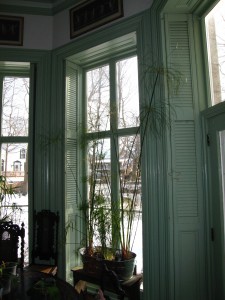
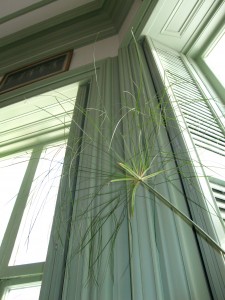
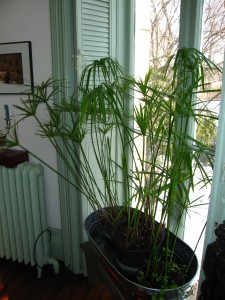
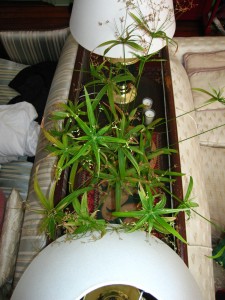
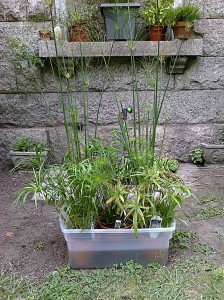
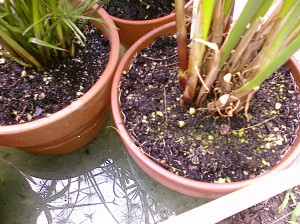


Recent Comments